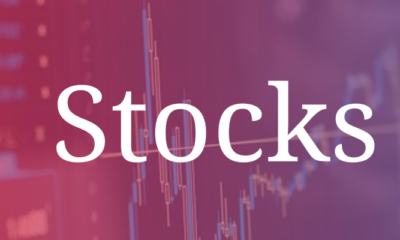Investing Services
Return on Investment

Return on investment (ROI) is simply a ratio between cost of investment and net profit. A high ROC means that the profit of the investment more than outweighs its initial cost. As such, as a performance indicator, ROI has proven useful to evaluate both the efficiency of a business or to analyze the efficacies of several different investment ventures.
Return on Investment is simply the ratio of the profit made by an investment over the amount it costs to make that investment. In fact, there are some businesses that have such high profit margins, they are not even required to maintain any kind of operating capital. In these types of cases, the only real expense incurred by the business is the cost of making the investment itself.
There are several ways to measure return on investment. The most common is to divide the value of the investment by its initial cost, which is known as the price to purchase ratio. Another common way is to calculate the present value of the future profits of the investment based on historical rates of return and current interest rates. Finally, other methods include the use of the discount rate, the risk factor and the tax rate.
Return on investment for different businesses will vary significantly depending on a number of variables. However, many businesses share similar characteristics, including the fact that most businesses do not operate on a cash basis. In addition, most businesses also have some type of operating lease, which means that their profits and losses are reflected in the amount of rent earned, as well as the profit margin of the business itself.
As such, the return on investment for different types of businesses will also vary based on their business structure. For example, some businesses, such as small and medium-sized businesses (SMBs), are more efficient and have lower cost per sale. While larger corporations such as Fortune 500 companies have greater profit margins and higher ROCs, these corporations often require large capital infusions to sustain their growth and operational costs. Because of this, the cost of capital is often much higher for these larger corporations. On the other hand, some small and medium-sized businesses operate entirely without a financial structure, using internal resources and credit to fund their operations.
While return on investment does not directly correlate to profitability, it is very helpful in determining the profitability of a particular venture. Thus, it is necessary to analyze the performance of a business before investing it with a company that has a low or negligible return on investment rating. This is also true for businesses that have high risk-a high ROC can indicate that a business may not be able to pay its costs in the long run.
















